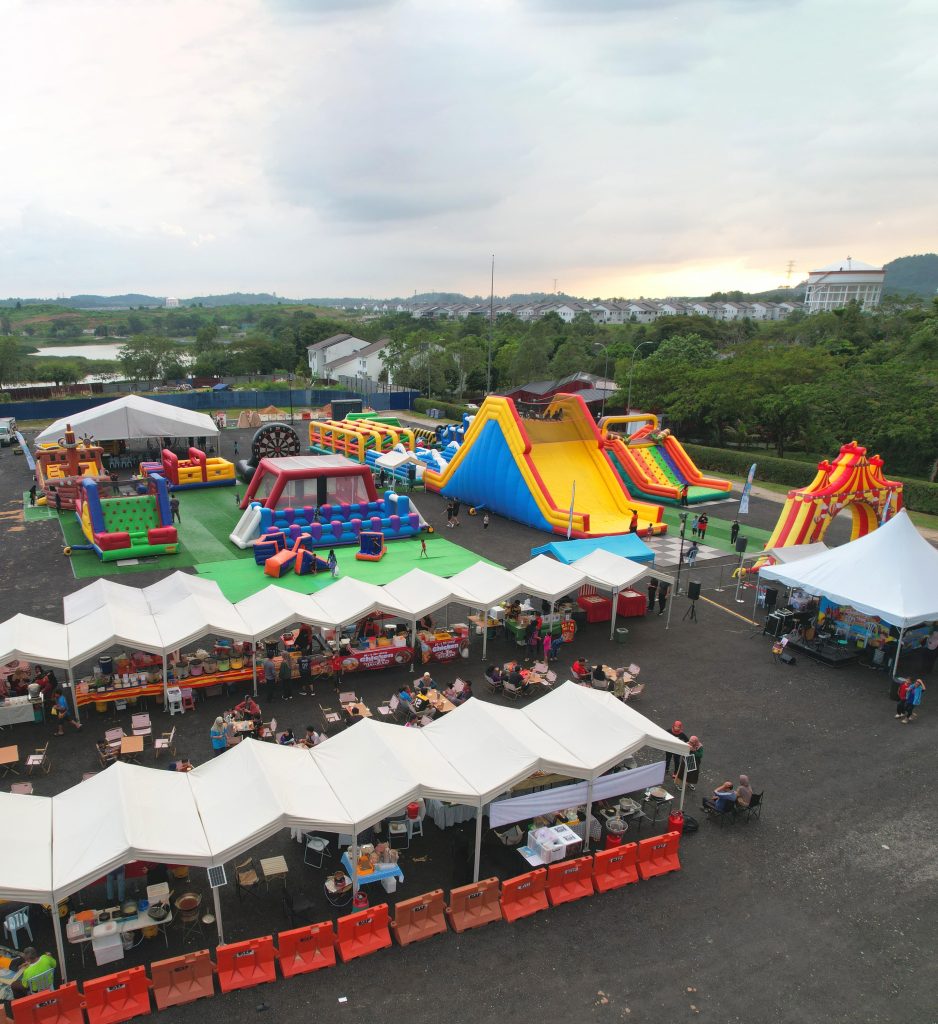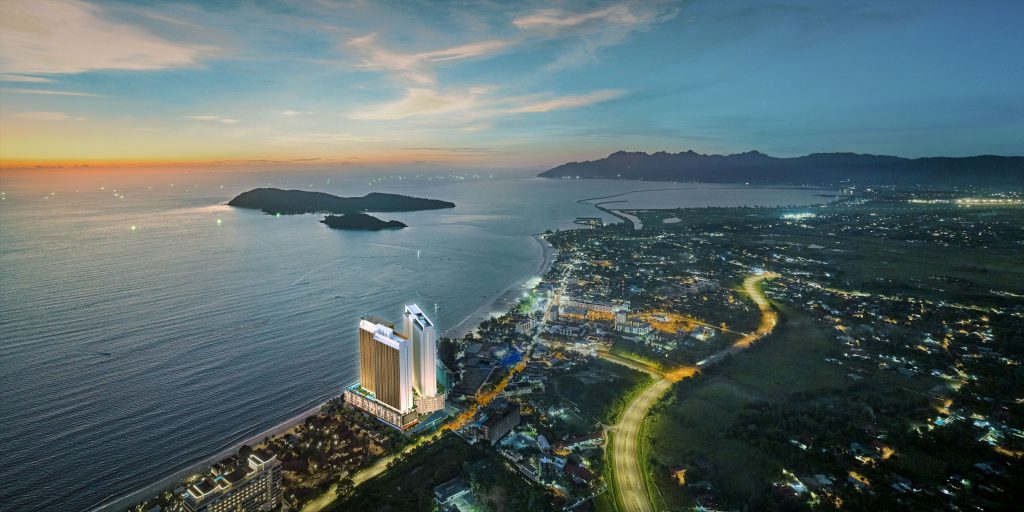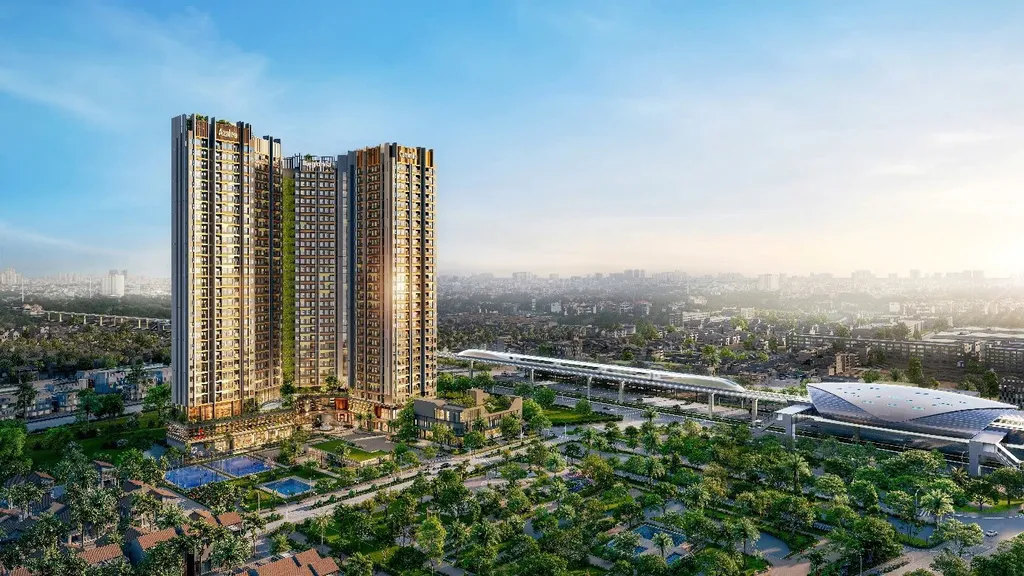KUALA LUMPUR: Subang which lies in the centre of a lightning dense triangle in the Meteorological Department’s map for lightning density has one of the highest number of lightning incidences in the world.
According to the department, Subang experiences lightning a minimum of 240 days a year.
This translates to between 25 and 40 lightning ground flashes per sq km in the area a year.
Subang resident Teoh Teik Hoong, who runs the community paper SJ Echo, said having his house tripped by lightning and seeing streaks of lightning across the sky was common.
“We remind our youngsters that lightning is dangerous and its frequent here. There were cases of young boys struck by lightning in football fields, this made the community very sensitive to this,” he said.
Teoh said Subang Jaya state assemblyman Hannah Yeoh often reminds people to keep their children indoors when it starts to pour.
“I make it a policy for my boys. If you see dark clouds, it’s time to get home. This is always a constant reminder,” he said.
The reason for the area’s proclivity to lightning, said the Meteorological Department, was its location in a low lying, flat Klang Valley and its concentration of concrete buildings and roads.
“With such conditions, strong heating on the surface air tends to occur, which leads to convection activities in the atmosphere. As a result, convective or thunderstorm clouds will form followed by lightning,” it said.
[slider id='81590' name='StarProperty' size='full']
Universiti Putra Malaysia electrical engineering professor Dr Chandima Gomes said the Klang Valley records the highest number of lightning in May and October, during the intermonsoon period.
In those months, the Malacca Straits experiences hot weather which evaporates water and pushes hot air to cooler areas in the Klang Valley.
These water molecules rise up until they form ice crystals and clouds which result in lightning.
Dr Chandima said Venezuela and the Congo Basin have more lightning than Malaysia but those areas were generally unpopulated.
“For lightning impact, we are number one. Because there are just so many people and buildings in the Klang Valley and Subang,” he said.











































